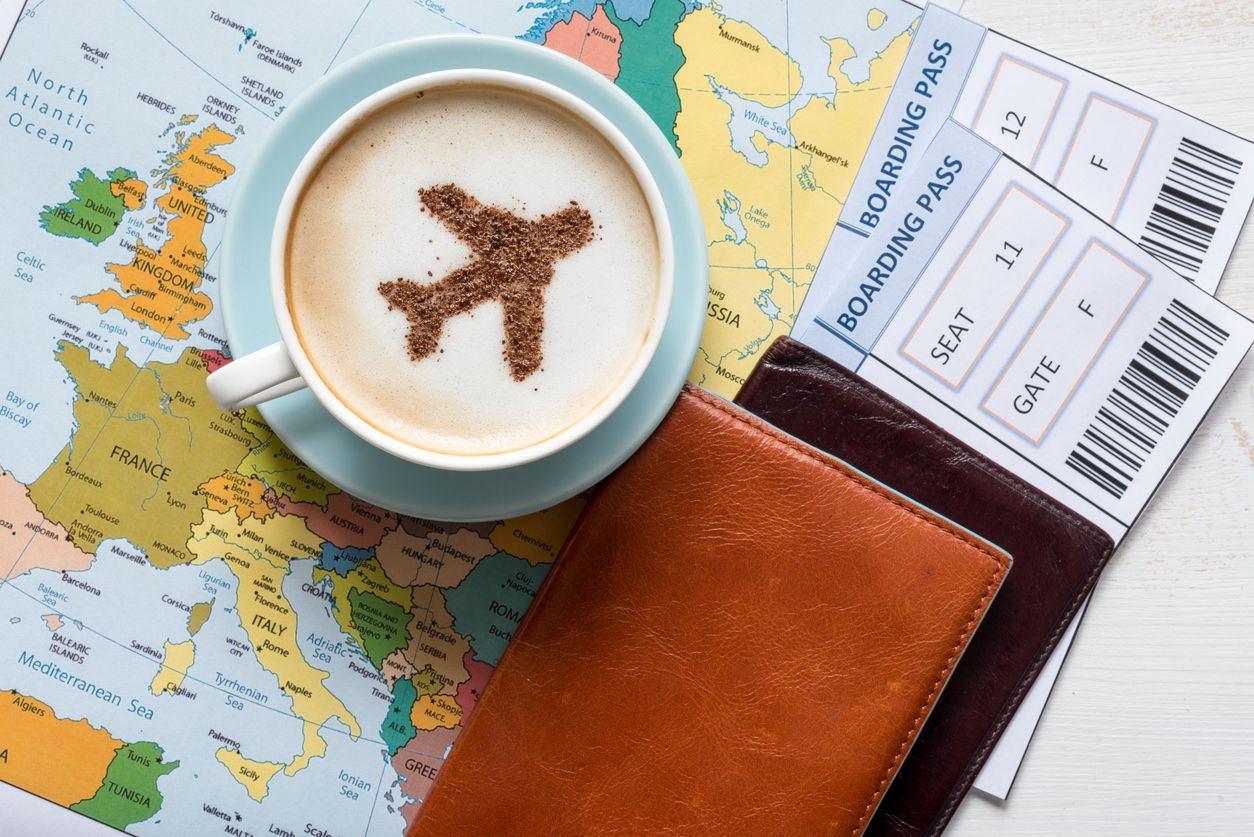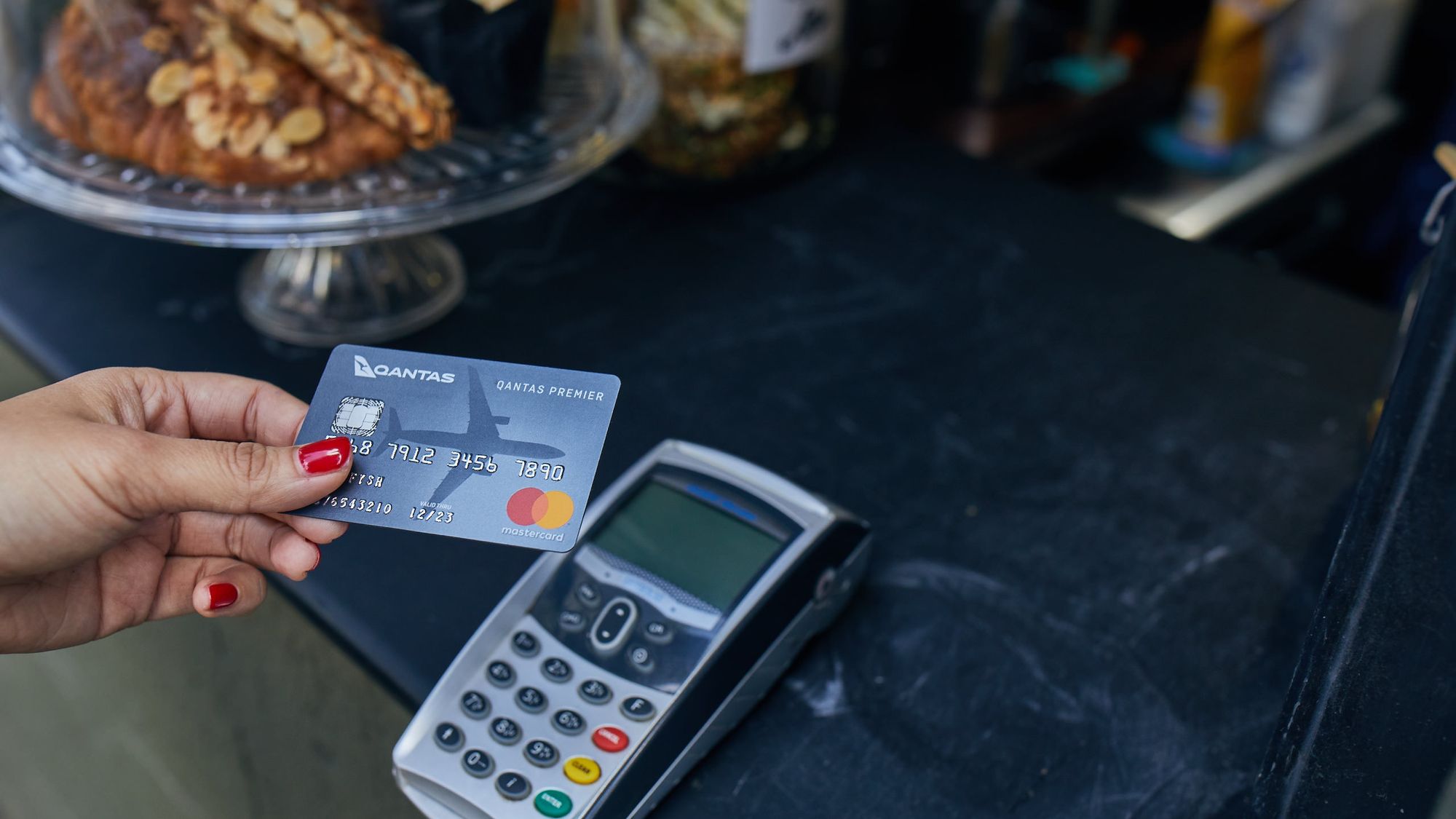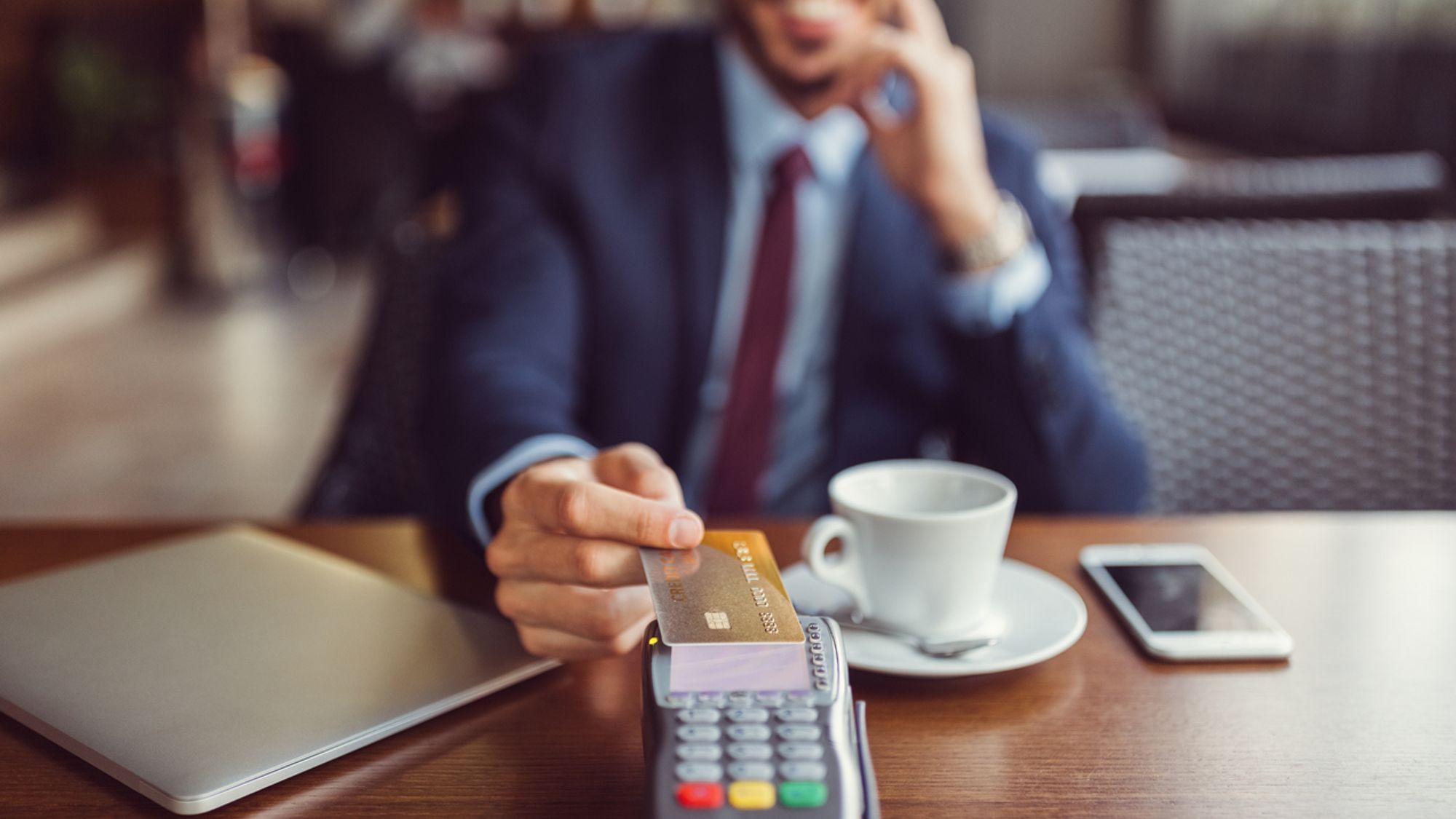Sydney business owner Stuart Ghent is reminded how contactless payment systems have changed his life every time he opens his wallet. “I’ve always taken $300 out of the bank,” he says. “It used to last me a week – now it lasts a month.”
The founder of creative advertising business Written knows he isn’t spending any less money – he’s just one of the estimated four in five Australians who have been swept up in the contactless money revolution. He still has cash in his pocket, but he now spends most of his money through tap and pay transactions, or via smartphone software and apps, such as Uber or Deliveroo, that allow him to pay directly with his credit card.
“I’d say 75 per cent of my expenditure would be on a card,” Ghent says. “And as there’s more acceptance of using plastic and mobile devices for small expenses, when I can use it to buy something for $3 then I’m likely to use it even more.” He says it’s become natural and effortless to pay for everything from groceries to bills to takeaways to coffees, and that it would now be unthinkable to go back to pulling out cash for everyday items.

But it’s not just the transactional benefits that flow from using credit and debit cards and other technology equipped with contactless technology. It’s changed our relationship with money. We carry less cash around, and don’t need to visit the ATM as often. Consumers can buy just about anything with just a swift tap of the card – no PIN or signature required – and earn associated rewards points. This means they can get what they want with very little effort.
AusPayNet’s “The Digital Economy” from May 2017 shows how quickly Australia is becoming a cashless society, with ATM usage falling 22 per cent in the past five years. The use of cheques fell by another 20 per cent in 2016 alone, reflecting our preference for faster digital payments. The report found that Australia already has the highest percentage of point-of-sale terminals in the world and that Australians completed $72 billion worth of card transactions in 2016, which is a 72 per cent increase since 2011.

We’re increasingly using cards rather than cash for in-person purchases as well as online payments, too. The Reserve Bank's 2016 Consumer Payments Survey found the median value of point-of-sale card payments declined from $40 in 2007 to $28 in 2016, indicating how often consumers now use their cards for everyday purchases.


